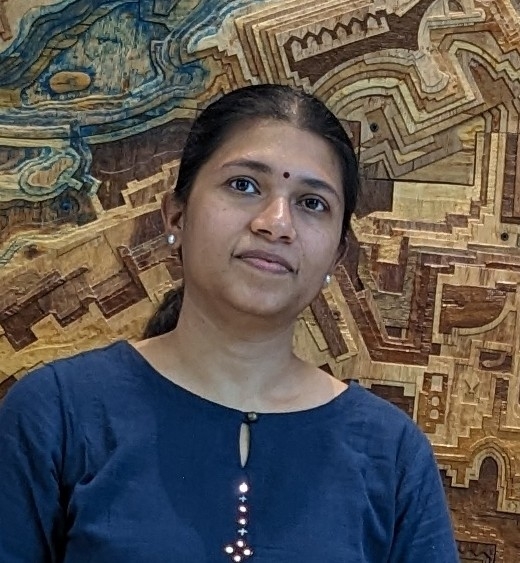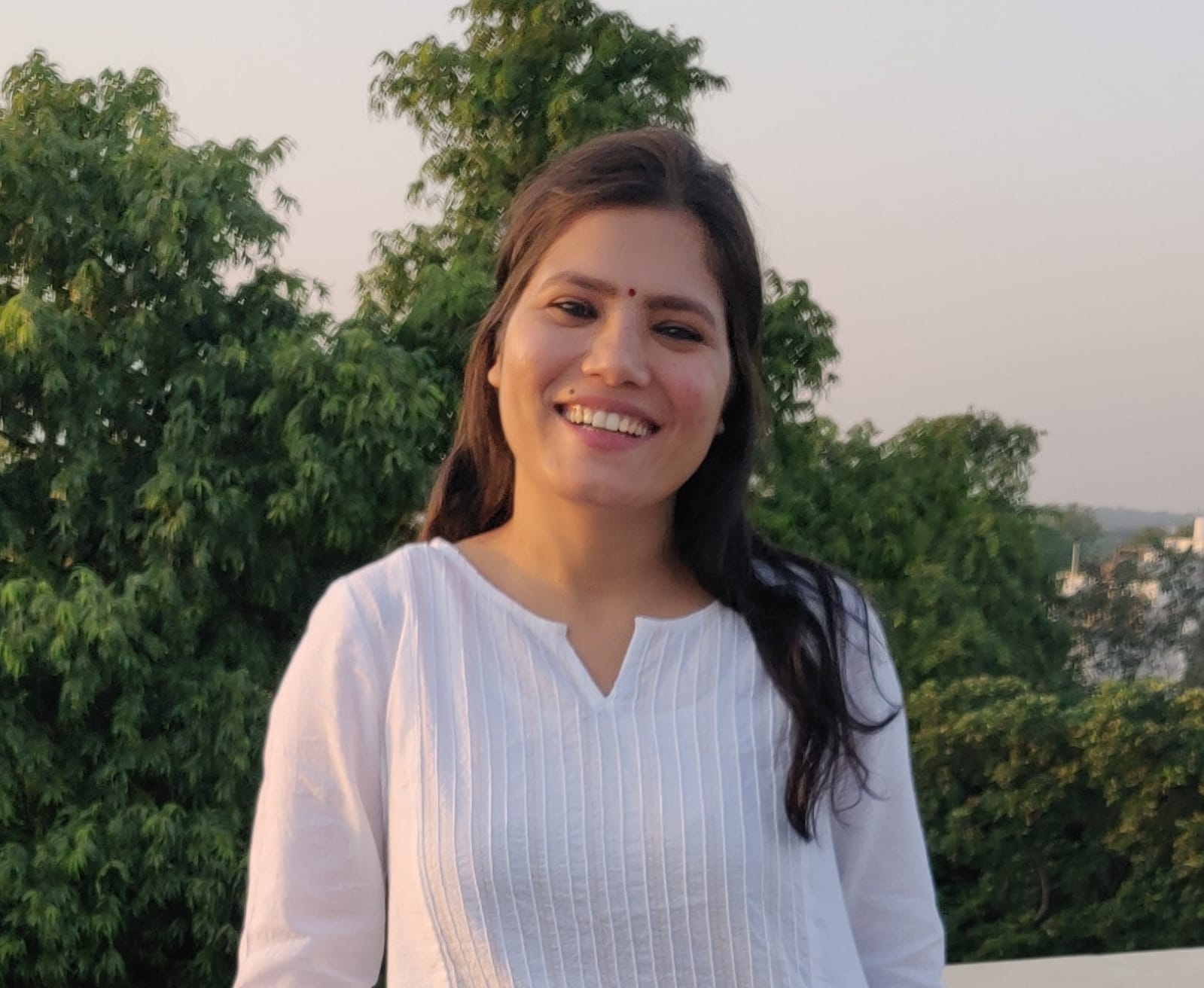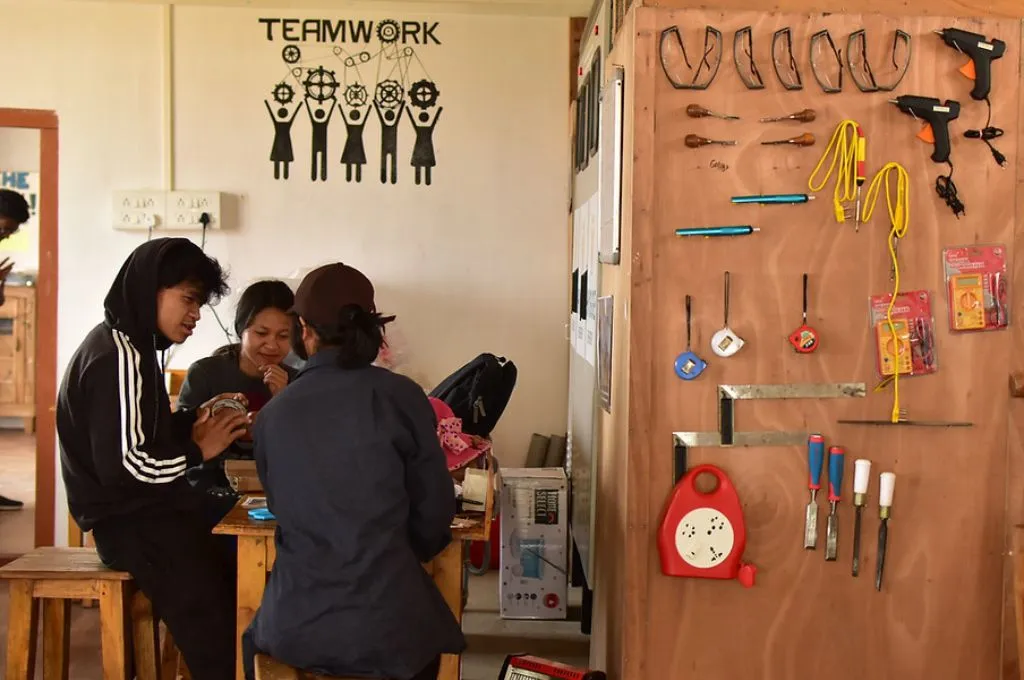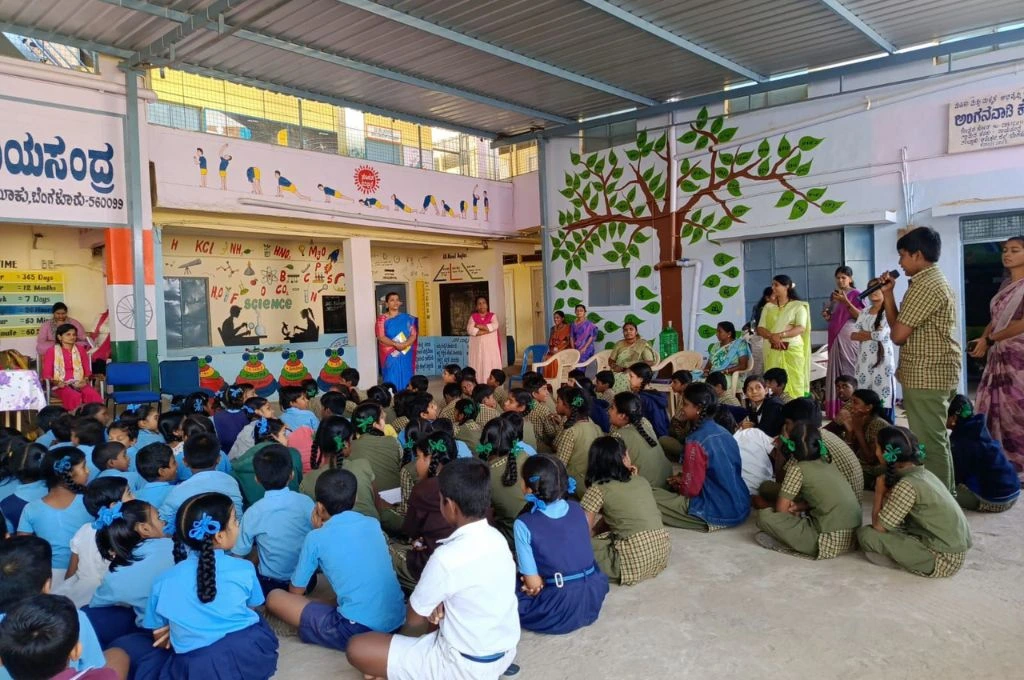India is home to more than 31 lakh registered nonprofits, making it one of the largest ecosystems of nonprofit organisations in the world. This figure is more than double the number of all government schools and more than 80 times the number of all public health facilities in the nation. Such an extensive nonprofit presence in India highlights their critical role in filling service delivery gaps, supporting under-resourced communities, and driving grassroots change.
Their efforts have ranged across diverse causes, including empowering marginalised communities, promoting environmental conservation, supporting disaster relief, advocating for policy shifts, catalysing systemic change, driving social inclusion, facilitating civic engagement, and much more.
So, why should nonprofits consider collaborating with state governments? This article explores a few pertinent reasons why we at the Centre for Effective Governance of Indian States (CEGIS) find it extremely important to do so.

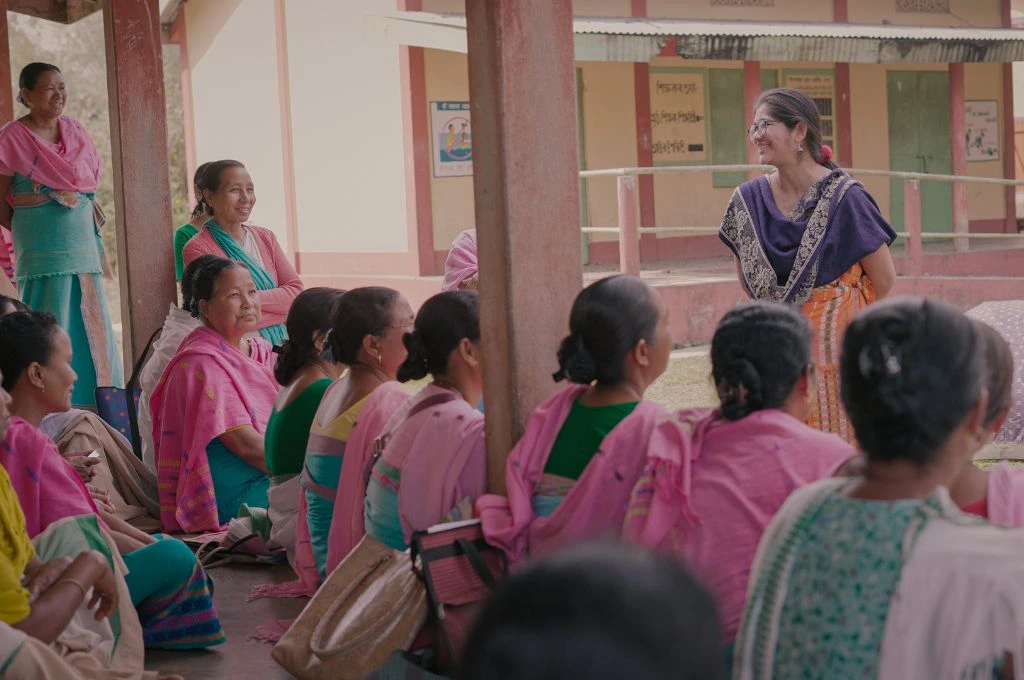
1. States are still the main actors in facilitating development
Despite the critical role played by nonprofits in driving development, state governments remain the indisputable primary actors in key sectors such as health, education, agriculture, and rural and urban development. For instance, in 2018–19, public spending in the social sector was approximately INR 10 lakh crore, and around 80 percent of this spending was carried out by the state government machinery. In comparison, the total funding drawn in by the entire nonprofit ecosystem in India in the same year was just about INR 70,000 crore. States’ immense spending power gives them the authority and resources needed to implement wide-reaching reforms, while placing on them the onus to deliver public services at scale.
Yet, there are certain characteristics and paradoxes associated with the states’ large machinery. In his recent book, renowned economist and co-founder of CEGIS Professor Karthik Muralidharan highlights a stark contrast in India’s governance: While the country’s government machinery is effective for mission-driven tasks—such as organising the world’s largest elections, managing vast vaccination drives, and achieving feats like a cost-effective moon landing—it struggles to deliver basic public services like education and healthcare.
For example, states have been able to achieve near-ideal gross enrolment rates by building schools and running enrolment campaigns, but the day-to-day delivery of quality education is still a struggle. The Annual Status of Education Report (ASER) 2022 reveals that only 42.8 percent of class 5 children can read a class 2-level text, pointing to significant learning gaps. This persists even with India spending more than INR 7.5 lakh crore—2.9 percent of its GDP—annually on education. The World Bank reports that 55 percent of children experience ‘learning poverty’, the inability to read and comprehend a simple story by age 10. This learning crisis weakens the potency of India’s demographic dividend, highlighting the urgent need to focus on improving education quality for long-term economic growth.
The government’s delivery machinery often suffers systemic inefficiencies.
The healthcare system faces similar challenges. The National Family Health Survey (NFHS-5) reports that 35.5 percent of India’s children under five are stunted (too short for their age), 19.3 percent are wasted (too thin for their height), and 32.1 percent are underweight. Government programmes aimed at improving child nutrition face not only funding constraints but, more critically, obstacles in effective implementation. The situation has worsened over the years in some states.
The government’s delivery machinery often suffers systemic inefficiencies and inadequate coordination between relevant departments. For example, efforts to address malnutrition would ideally tackle not only the delivery of supplementary nutrition but would also address public health and sanitation. However, this kind of coordination rarely happens, creating a gap between the state’s huge potential and its actual impact, as well as limiting the effectiveness of programmes. This is where nonprofits working in close coordination with state governments can play a critical role in addressing these challenges. And states, in turn, are in a unique position to create an enabling environment for nonprofits to amplify their impact.

2. States have diverse needs and priorities
Indian states operate in highly diverse economic, social, and administrative environments, making regional autonomy in key sectors essential. The State List in the Constitution outlines 61 areas where state governments have jurisdiction, including public health, agriculture, and local government. States face varied challenges and priorities within these sectors, which necessitates localised approaches rather than one-size-fits-all solutions. Decentralisation allows states to design and implement reforms that fit their unique socio-economic landscapes.
The following are a few examples where our organisation has partnered with state governments in co-creating and deploying solutions for their unique local priorities within these sectors.
In 2019, the former Chief Minister of Telangana made it one of his government’s key political priorities to carry out performance-based management of frontline workers, especially panchayat secretaries and junior panchayat secretaries. CEGIS assisted the Panchayati Raj and Rural Development Department (PRRD) in identifying and articulating the roles and responsibilities of frontline workers. We then assessed which aspects of these responsibilities were within their control and measurable. To track and verify this information, we developed metrics and identified data sources, utilising technology-validated self-reporting, supervisors’ inspections, and phone calls with the public. We also created a scoring rubric and ranking system that frontline workers could use for self-reflection, and that middle and senior managers in the department could use to monitor performance and drive improvement. These efforts demonstrated the impact of data-driven governance as well as the benefits of states partnering with nonprofits.
Similarly, in Karnataka, our team worked with the state’s National Health Mission (NHM) team and Health Department to clarify roles and responsibilities between two similar cadres of approximately 24,000 frontline workers. This was a challenge unique to the state, since one of the two roles was created by the state government. Both roles were expected to carry out similar responsibilities in the same jurisdiction and this was causing an unintended duplication of efforts. The resolution of this ambiguity was crucial for facilitating collaboration on the ground and preventing conflicts between the two sets of frontline workers. We gathered qualitative data from the frontline workers and analysed their inputs to demarcate their roles and responsibilities. In the next phase of this collaboration, the team has proposed working on improving the quality of data gathered from systems such as the Health Management Information System (HMIS) and the Reproductive Child Health (RCH) portal and utilising these datasets for setting clearer annual targets for frontline workers.
Another Indian state wanted to rework its outdated property valuation guidelines that hindered optimal revenue collection from stamp duty and registration fees. To bring these guidelines closer to current market values, our team worked with the state’s Stamps and Registration Department, carried out a detailed diagnosis, and proposed an improvised two-step approach. The first stepleveraged government and internal registration data to determine ‘true’ market values by analysing the top 10–20 percent of property transactions in busy areas. This ensured that guideline values (GVs) reflected actual market dynamics more closely. The second stepincorporated additional market data from real estate listing platforms, bank mortgage values, and land valuation records. This two-pronged approach enabled more accurate property valuations. To sustain these improvements, we also recommended an annual GV revision process, combined with a gradual reduction in stamp duty.
Thus, working with multiple states provides our team a window to understand the underlying drivers behind varying priorities and also an opportunity to work on different facets of the same problem.
3. States have the flexibility to adapt solutions to their context
While the Union Government sets broad guidelines and core programme elements to ensure nationwide adoption of centrally sponsored schemes, state governments have significant flexibility to tailor their implementation to local contexts for more effective delivery.
Take the Integrated Child Development Services (ICDS) as an example: the core structure remains the same, but the delivery mechanisms differ across states. For instance, the procurement of supplies for the Supplementary Nutrition Programme (SNP) under ICDS varies across states: In Karnataka, until recently, local self-help groups (SHGs) delivered the supplies; in Telangana, a state corporation is responsible; and in Bodoland Territorial Council (BTC), private suppliers are roped in. These variations lead to distinct challenges and priorities in each state, requiring customised approaches to improve outcomes. For example, where SHGs deliver supplies, a key challenge is ensuring uniform adherence to ICDS-specified nutritional standards across the state, since SHGs are fragmented and operate at a small scale. In contrast, where private suppliers are involved, challenges arise around timely delivery and inventory management with commensurate payment cycles.
To address such varying challenges, nonprofits could work closely with states to understand local contexts and co-create tailored solutions. For example, to address the problem of poor quality of administrative data that hinders the timely identification and treatment of malnourished children, we are adopting a different approach in each of our partner states. In Telangana, the intervention focuses on app-based supportive supervision to improve data quality so that malnourished children can be identified and treated timely. In BTC, a call centre–based high-frequency monitoring programme is being piloted to ascertain the quality, quantity, and timeliness of service delivery. Meanwhile, in Karnataka, there’s emphasis on data-driven supervisory visits (leveraging POSHAN tracker data analytics) to ensure that programme implementation is more effective.
Working with multiple states enables experimentation and cross-learning
Compared to the Union Government, states have smaller governance units yet are large enough to have meaningful impact, allowing them to pilot development programmes and gather data on what works. Each state has its own set of institutions with varying responsibilities, priorities, capacities, and approaches to addressing similar problems. This diversity allows for experimentation with different approaches and learning from the outcomes. Successful models can then be scaled up or adapted by other states. This flexibility makes state governments ideal partners for nonprofits.
Various nonprofits working in the same state can also come together to amplify their impact and support sustainable systems.
In one of our partner states, our initial involvement with the finance department started with one-off projects that focused on revenue augmentation and government expenditure efficiency. These early projects demonstrated the value of ongoing data-driven analysis, ultimately building trust and convincing the department of the need for a co-owned unit to carry out such analysis and codification on an ongoing basis. Given the positive initial feedback on this model, we proposed the idea to a few other states. They were interested in establishing similar financial analytics units that could be adapted to their contexts.
Apart from such replication, various nonprofits working in the same state can also come together to amplify their impact and support sustainable systems strengthening. An example of this is a collaboration between the Housing & Urban Development Department (HUDD) of Odisha, CEGIS, IDinsight, and Janaagraha in relation to the Mukhya Mantri Karma Tatpar Abhiyan (MUKTA) scheme. Together, we developed competency profiles and standardised work allocations for critical positions within the HUDD.
During COVID-19, this initiative trained community-based organisations (CBOs) in the region to help them develop the skills and knowledge needed for wider project ownership. This approach ensured that multiple CBO leaders and local trainers were equipped to subsequently teach and mentor others in their communities, building a sustainable training cycle. This shows how partnerships can truly make a difference, with the partners’ strengths combining to create lasting, sustainable change in people’s lives.
Leveraging the potential for greater impact
Many Indian states are larger than most countries in terms of population, which means that the impact of reforms at the state level can be enormous, offering nonprofits the potential for massive impact through targeted interventions. In some cases, sub-state machinery like local bodies can also be large and can be encouraged by the state to develop their own innovative approaches to address local challenges.
Thus, the number of Indian states and their diverse contexts make it feasible for nonprofits to work with multiple states and test various solutions that could then be adapted to other states or scaled up nationally. This balance between high potential impact and potential for experimentation makes states an ideal focus for nonprofits aiming to drive systemic change.
—
Know more
- Learn five ways in which nonprofits can work with the government.
- Read about the different forms of relationships between a nonprofit and the government.
- Learn how COVID-19 altered the dynamics between the government and nonprofits.

